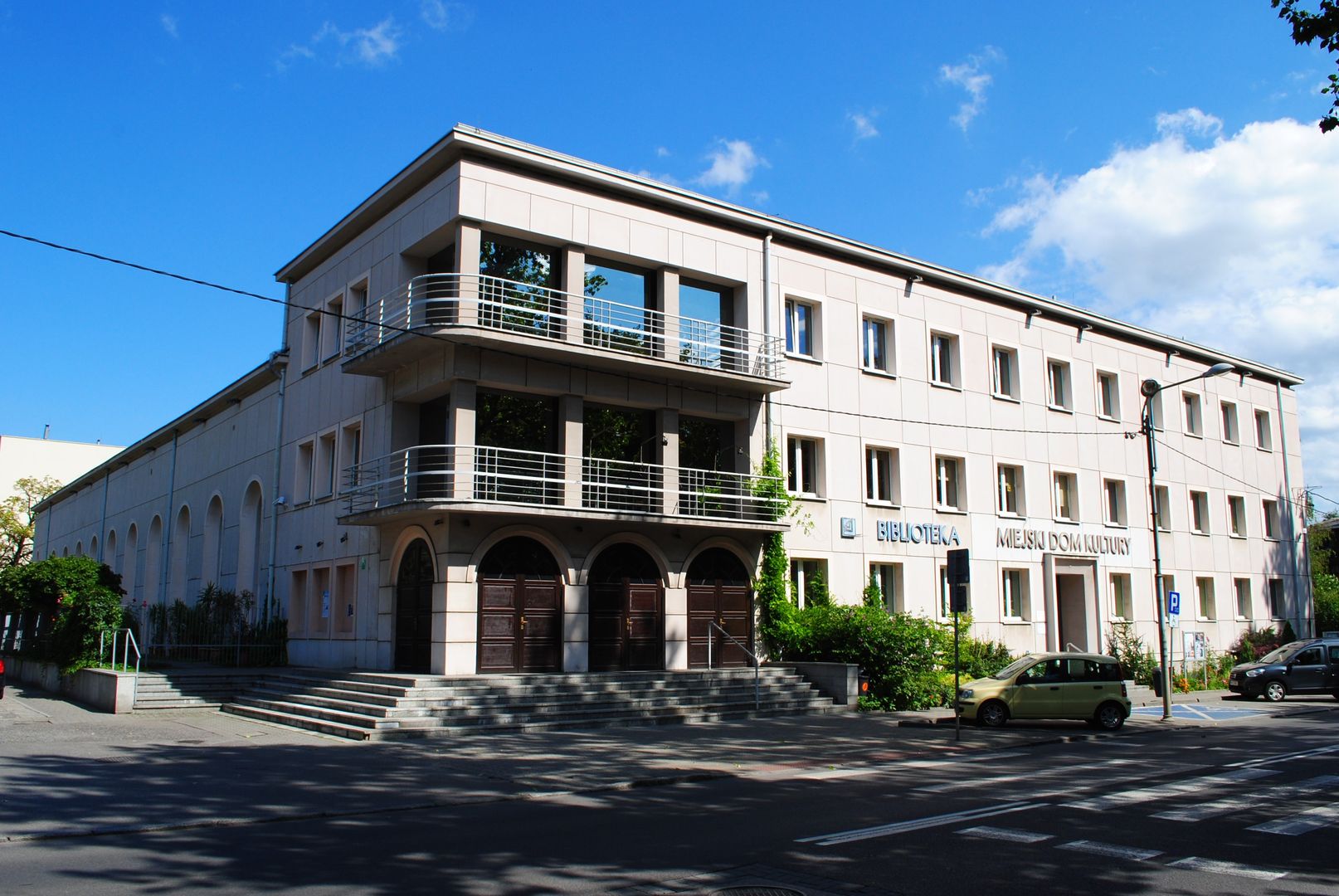Burovets
6.67

Overview
Burowiec is a district of Katowice, located in the Szopienice-Burowiec area, with a history dating back to the 18th century when it was established as an agricultural settlement. In the first half of the 19th century, it transformed into an industrial hub, developing zinc and lead smelting as well as coal mining. Notable smelters such as "Paul" and "Walther Croneck" operated here. The industrial boom led to population growth and the emergence of new workers' housing estates. At the beginning of the 20th century, Burowiec gained a tram connection to Mysłowice. In 1951, it was incorporated into Szopienice, and in 1959, it became part of Katowice. The architecture of Burowiec, largely developed in the post-war period, is dominated by historic buildings from the early 20th century and newer residential complexes. The main transportation axis is General J. Haller Street. Burowiec is home to the Municipal Cultural Center and a swimming pool complex opened in 2020. Residents actively participate in cultural life, and the Cultural Center offers a variety of artistic and sports activities. An interesting feature is the H. Krzysztofiak Square with its Skate Point and outdoor gym. The area is also characterized by abundant greenery, particularly on post-industrial sites. Public transportation is provided by buses and trams connecting Burowiec with the rest of the metropolis, as well as a railway line primarily used for freight traffic.
Location
Tickets
Powered by GetYourGuide
2025 Wizytor | All Rights Reserved